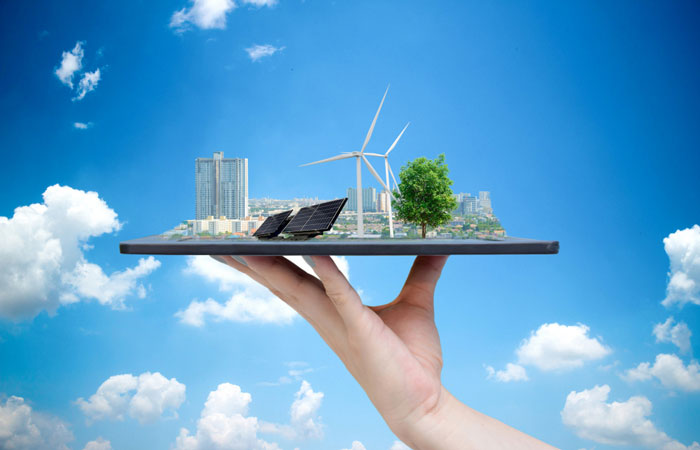The general size of a wind turbine has increased for the past several years to boost power generation from the main renewable energy source. As the technology brief from IEA-ETSAP and IRENA notes, larger turbines and big-scale wind farms drive ongoing reduction costs of electricity. According to de website of IQIP, onshore wind power generation, maintenance, and installation of turbines have become cost-competitive against modern conventional power plants.
Aerodynamic efficiency, material selection, and weight reduction are also vital factors to minimize the costs of the wind both offshore and onshore. Meanwhile, policymakers may reduce regulatory risks by putting the right frameworks in place and ensuring predictable timeframes for wind development.

International Collaboration
According to IEA executives, their offices support international wind power research by taking part in more than ten areas of wind energy surveys.
Participation in these surveys offers researchers a chance to collaborate with international professionals in wind energy while exchanging market and technical information.
Learn More:
- Why On Earth Do We Need Technology Consultants?
- Make Life Rewarding with Online Gambling by Use Mobile and Internet
- 10 Most Stylish Cities in the World
- The Future Of Technology-Driven Lives
Technology Improvements
From the look of things, wind turbines usually look the same as they used to a decade ago. However, similar to other types of technology, like computers and cellphones, wind turbine technological developments have developed tremendously, particularly in the field of power control electronics.
Improvements in technology have reduced the general cost of wind energy. At any given site, modern wind turbines produce around 180 times more electricity every year.
Major Advances
Although wind turbines might no longer be a novel sight for every user, the use of offshore wind energy will continue to grow even more.
With 2021 almost coming to an end, the following are six major advances to wind turbine siting, manufacturing, and construction industry that experts say people will witness in the near future:
- Taller towers
- Onsite construction
- Bigger blades
- Onsite assembly
Getting Smarter
Modern wind turbines have precision controllers and sensors that tweak the position of blades to maximize the use of wind power while providing information to operators in the field.
The orientation of all turbine blades is continuously adjusted. At the same time, intelligent controllers expose more blades to capture wind energy. If gusts grow stronger, you can also rotate blades to reduce their exposure and minimize the risks of causing damages.
Value of the Wind Energy
Wind power continues to witness more growth, low costs, and solid performance. With a leveled cost of around $32 per megawatt-hour for new projects, the price of wind power is below its climate benefits, grid system, and health.
Wind energy costs, in particular, remain low, with corporate buyers and utilities choosing wind as a better option. Considering the climate and health benefits of wind power makes the economy much better.
The Future – the Bottom Line!
Wind energy technological advancements are growing tremendously, and the developments in turbine technology usually represent a bigger part of this growth.
Now according to tech-savvies, the future of the wind power industry will be more cost-effective and resourceful.
As a matter of fact, engineers are already in the early phases of making airborne wind turbines, whereby the components will use their aerodynamics or float like helium.